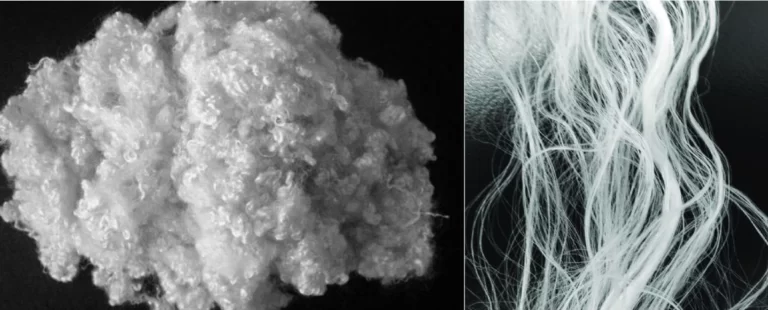
Table of Contents
1. Unmodified Melamine Resins
Melamine reacts with formaldehyde at pH 9–10 to form hexahydroxymethylmelamine. One mole of melamine combines with 6 moles of formaldehyde to produce hexahydroxymethylmelamine.
Melamine is only slightly soluble in water, but it dissolves readily in alkaline formaldehyde solutions to form hydroxymethylmelamines. When heated, hydroxymethylmelamines undergo cross-linking and form resins that become more insoluble the longer they are heated.
Melamine also condenses with formaldehyde in acid solution to form hydroxymethyl compounds, which then undergo polycondensation to form cross-linked products. Melamine-formaldehyde resins can be hardened thermally or with a hardener.
The hardening process is not entirely clear, but it is believed to involve methylene bridges and possibly methylene-ether bridges. Melamine-formaldehyde condensates have good thermal stability, optical properties, and water resistance.
2. Modified Melamine Resins
2.1. Reaction with Alcohols
Melamine hydroxymethyl compounds can be etherified with alcohols to form ethers. The most important use of these ethers is as surface-coating resins. They can also be used as textile auxiliaries, melamine–urea–formaldehyde resins, and impregnating resins.
The etherification reaction is carried out at relatively high temperatures with acid catalysis. It is important to remove the water or excess alcohol from the solution to prevent cross-linking. The mono- to hexaalkyl ethers of the C1 to C4 alcohols can be prepared readily. Good conversions are obtained for higher alcohols only by means of transetherification.
The methyl ethers of melamine hydroxymethyl compounds are readily soluble in water even at room temperature and crystallize readily. The aqueous solutions of the methyl ethers prepared from higher hydroxymethyl compounds become cloudy on heating and clarify again when cooled.
Methyl ethers are soluble in water, benzene, and other similar solvents. However, ethers produced with higher alcohols, such as butanol or benzyl alcohol, are insoluble in water but soluble in alcohols and some hydrocarbons.
In addition to monoalcohols, polyhydric alcohols, e.g., ethylene glycol, glycerol, 3-hydroxymethyl-1,5-pentanediol, and pentaerythritol, can be employed as etherification agents. However, this etherification must be carried out in neutral solution because the competing cross-linking reaction otherwise takes place more rapidly and forms insoluble products.
The etherified melamine–formaldehyde resins used as starting materials for surface coatings are condensates having low molecular masses of 600–1400. These are presumably triazine structures linked by methylene bridges and contain from two to four melamine groups. The ether groups are distributed randomly over the triazine rings.
2.2. Reaction with Amines
Amines and amino carboxylic acids react with hydroxymethylmelamines to form melamine resins with improved hydrophilic properties. Condensation with amino acids yields alkali-soluble melamine resins, which are used in impregnating and molding materials.
Modification with aminoalcohols, such as aminoethanol, forms basic products that can form salts with acids. These products are used as textile auxiliaries but are not of major industrial importance.
2.3. Reaction with Hydrogen Sulfite
Melamine resins can react with hydrogen sulfites, just like urea resins. The most economical choices for industrial applications are sodium sulfite, sodium hydrogen sulfite, or pyrosulfite. The reaction can be carried out in either an acidic or basic medium.
The resulting products are water-soluble melamine resins that can be precipitated by adding acids. Hydrogen sulfite-modified melamine–formaldehyde resins are used in the construction industry as concrete liquefiers for building materials.
Other modifiers, such as dithionite and formaldehyde sodium sulfoxylate, have also been described in patent literature.
2.4. Other Modifiers
The modification of hydroxymethylmelamine resins with other compounds, such as polyalcohols, sugars, toluenesulfonamides, lactams, nitriles, acrylates, and polyacrylonitrile, is important in the production of impregnating resins. These modifications improve a wide range of laminating properties and help to stabilize the resin solution, preventing clouding and excessive viscosity.
The creation of mixed condensates and cocondensates involving melamine and other compounds, such as phenol, urea, cyanamide, and dicyanodiamide, has also been studied.
For example, phenol-modified melamine–urea–formaldehyde resins are used in weather-resistant particle board. These resins can also be modified to meet specific requirements.
3. Uses of Melamine Resins
Melamine resin is a versatile material with a wide range of applications. Here are some of the most common ones:
- Construction materials: Melamine resin is used in high-pressure laminates, which are used to make countertops, furniture, and other surfaces. It is also used in laminate flooring and tile wall panels. Melamine resin is a good choice for these applications because it is strong, durable, and resistant to moisture and scratches.
- Kitchen utensils and tableware: Melamine resin is used to make a variety of kitchen utensils and tableware, such as bowls, plates, and cups. It is also used in some food packaging. Melamine resin is a good choice for these applications because it is non-toxic and resistant to stains and scratches.
- Cabinet and furniture making: Melamine resin is used to make melamine panels, which are used in ready-to-assemble furniture and kitchen cabinets. Melamine panels are available in a variety of colors and patterns, making them a popular choice for homeowners who want to customize their furniture.
- Carbon capture: Melamine resin has been shown to be effective at binding carbon dioxide, making it a potential material for carbon capture applications. Carbon capture is the process of capturing carbon dioxide from the atmosphere and storing it underground. This can help to reduce greenhouse gas emissions and mitigate climate change.
These are just a few of the many applications of melamine resin. As research continues, new and innovative uses for this versatile material are being discovered all the time.
References
- Amino Resins; Ullmann’s Encyclopedia of Industrial Chemistry. – https://onlinelibrary.wiley.com/doi/10.1002/14356007.a02_115.pub2
- https://en.wikipedia.org/wiki/Melamine_resin




